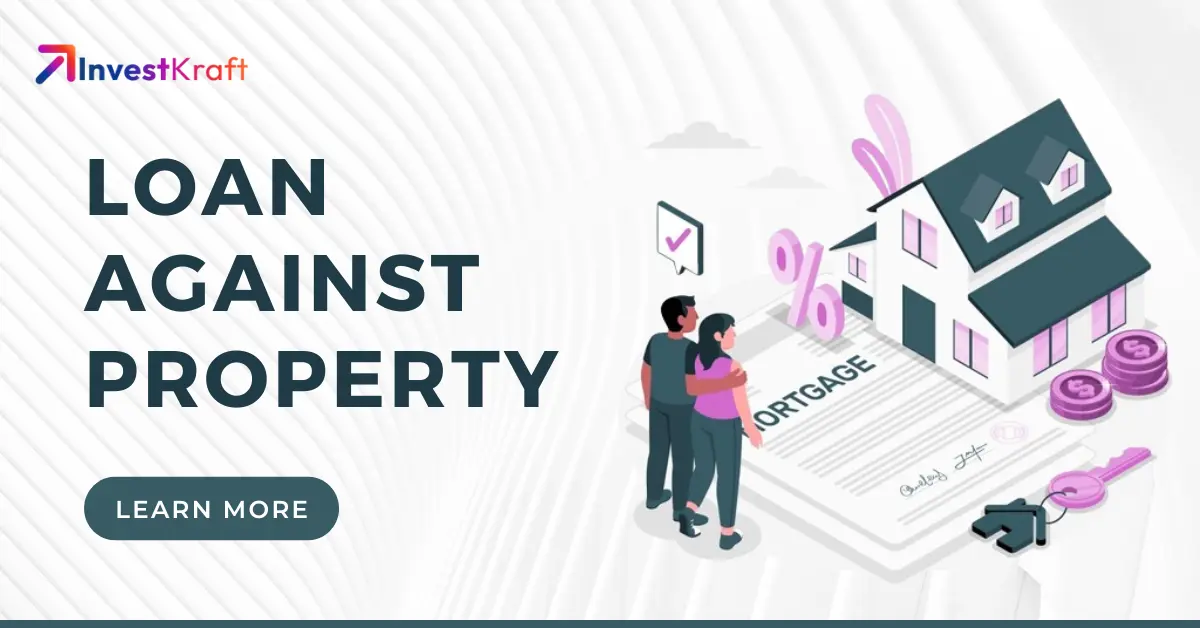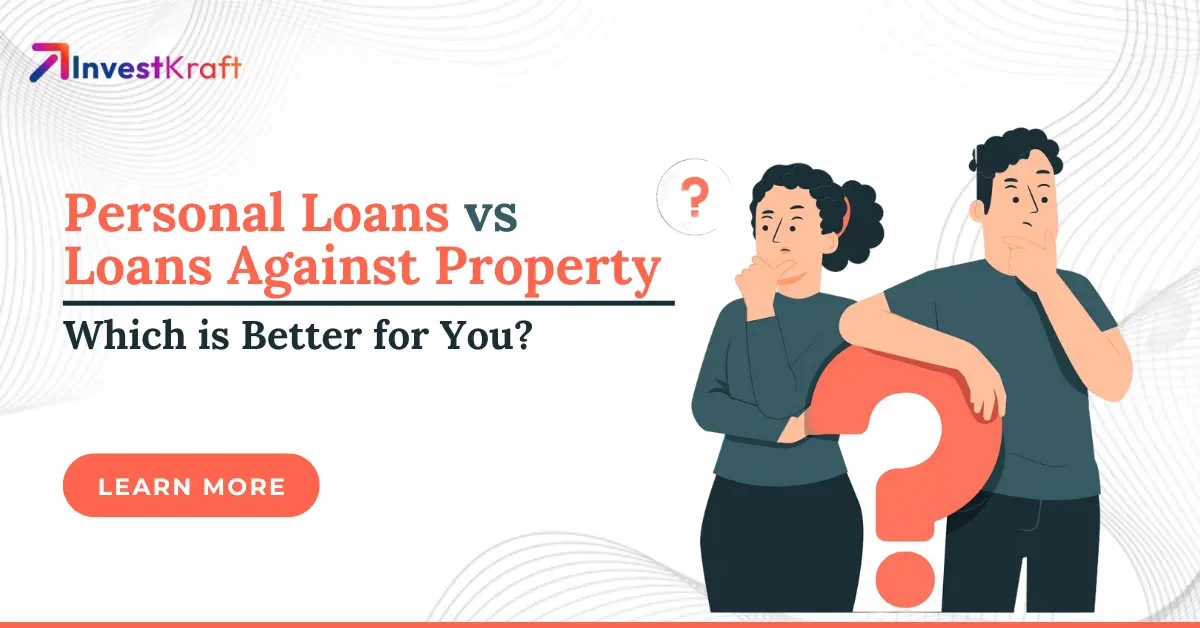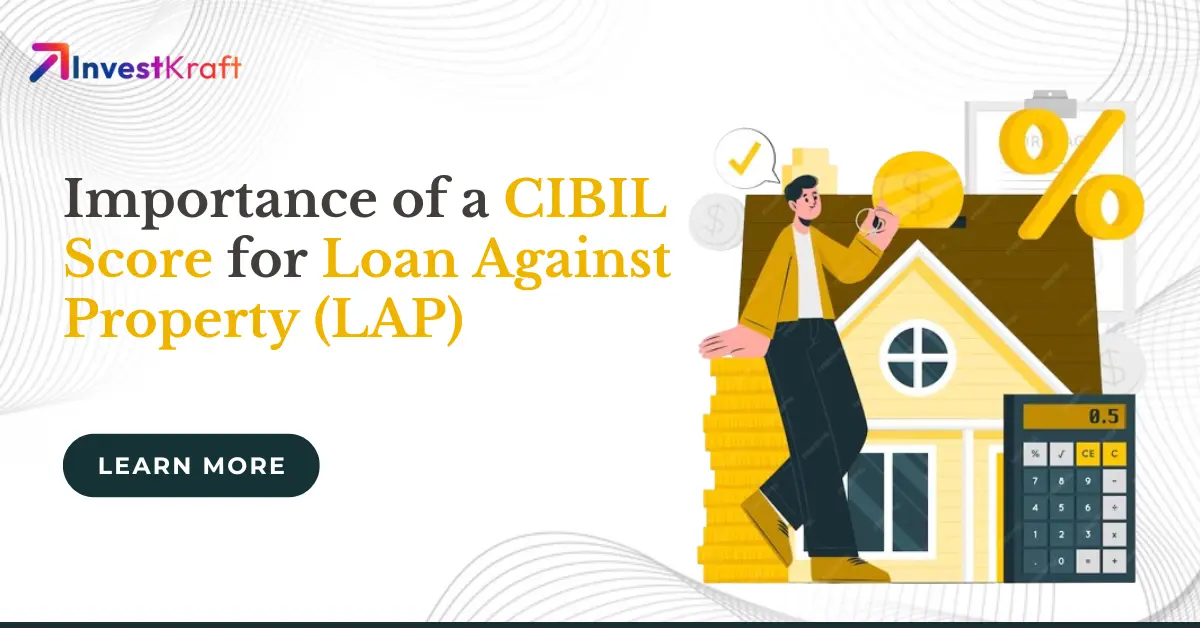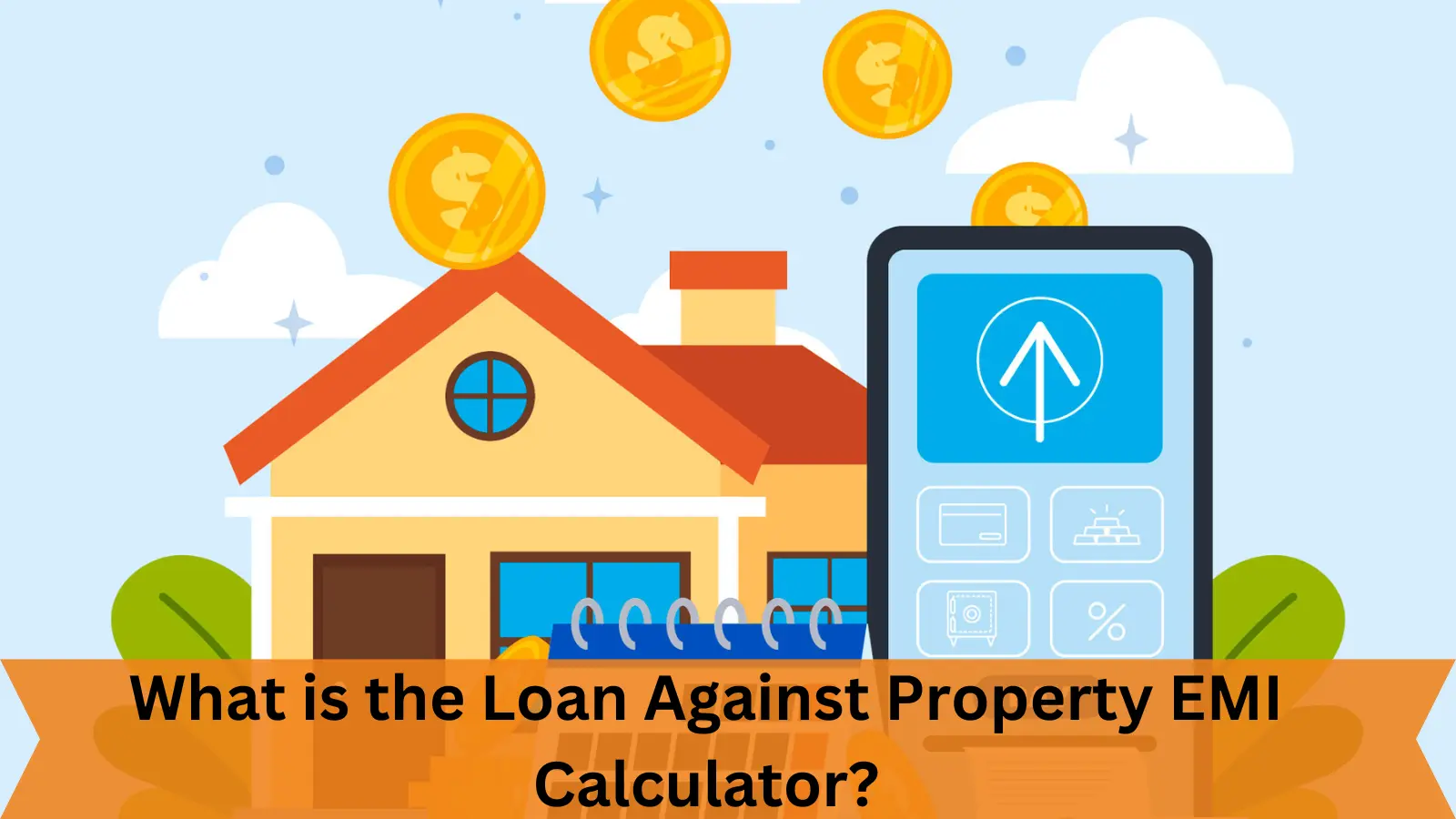How to Borrow A Loan Against Your Home?

The home bought by a person is one of the most important possessions in one’s life. It is not just considered a big achievement for a person and their relatives but it is an asset that holds a lot more value than what people think. For example, it can be used as collateral by the homeowner against a loan. There are lots of banks and non-banking financial corporations (NBFCs) that offer loans against property at the most exciting rates. In this post, you will get to know more about loans against property (LAP).
What is a Loan Against Property (LAP)?
A loan against Property (LAP) is a kind of secured loan that can be availed by an individual in the case of a financial crisis. This loan is secured by a property, such as a house, an apartment, a business, an office, or even a plot of land, as the name suggests. Compared to other loans, such as a personal loan, the loan against property interest rate is substantially lower because the loan is secured.
A self-employed or salaried person may apply for any need, except any speculative ones. Depending on the property and your eligibility, lenders often award loans equal to 60% of the entire market value of the mortgaged property; however, some may offer as much as 90%. If you require a larger sum secured by your property, you may ally with a co-applicant. In certain situations, the property value and both parties' income will be taken into account.
A loan secured by property may be obtained for a maximum of 15 years, or until the earlier of your retirement age, whichever is lower. Before taking out a loan, it's crucial to learn about the maximum and minimum terms.
Major Highlights of a Loan Against Property (LAP)
The loan amount can be used as much as you like. It can be used for anything, such as unexpected medical expenses, paying for your child's wedding or further schooling, growing your business, remodeling your house, etc.
- Lower Interest Rates: The lender has less risk because the loan is provided in exchange for property. As a result, the lender offers reduced interest rates.
- Minimal to No Repayment Costs — You can pre-close the loan without incurring any penalties if you decide to terminate it before the term.
- Simple to Obtain: Because it's a secured loan, the lender bears far less risk. In the worst situation, even if you can get the loan, the lender can still recoup its costs by selling the property thadged as collateral. Lenders are therefore more inclined to grant this kind of loan.
- Extended Tenure: Up to 15 years of extended tenure are available for loans secured by property. This is the best option if you want to pay back the loan with a lower monthly installment over a longer term.
How to get a Loan Against Property (LAP)?
After reviewing the features and advantages of LAP, let's look at the procedures involved in applying for the loan:
Step 1: Selecting a Lender
"Where can I get a loan against property?" is the first question that all borrowers ask themselves.
Customers can get loans secured by property from several NBFCs as well as all of the top banks. To choose the best lender, be sure to review the interest rates, eligibility requirements, and additional costs such as processing fees and foreclosure charges.
Step 2: Assessment of Properties
When you contact the lender, a member of the lender's team determines the property's net market value that you are offering as collateral to obtain the loan. One of the most important factors in deciding the approved loan amount is the property's cost. For residential properties, most lenders will approve loans up to 60% of the existing property value, and for commercial buildings, up to 50% of the property value.
Step 3: Check Eligibility
The lender proceeds to the following stage, which is to determine the applicant's eligibility, after determining the property's valuation. The requirements for eligibility differ among lenders. To assess eligibility, most lenders typically look up the applicant's credit score and credit history.
Lenders have additional qualifying requirements in addition to credit score, such as the applicant's age and income range.
Step 4: Documents Submission
Once you satisfy the requirements for eligibility, the lender will want you to send in the required paperwork. Each lender has a different actual list of required documents. The following are the standard documentation you must submit:
Those who are salaried: evidence of identity, proof of address, proof of income (such as a Form 16 bank passbook)
Professionals who work for themselves: proof of identity, proof of address, proof of income (such as IT returns, profit/loss statements, and business documentation)
Evidence of property ownership: You must also provide the paperwork needed.
Step 5: Sanctioning the Loan
The loan is approved once the lender has reviewed the supporting documentation. The borrower's bank account receives a straight credit for the loan amount disbursed.
Fixed monthly installments are used to repay the debt. The loan application process determines the EMI amount. After that, the borrower has two options for repayment: postdated checks or an electronic clearing service (ECS), which takes money out of the borrower's bank account automatically each month.
Things to Avoid While Taking A Loan Against Property
Even though you now know the dos and don'ts, there are still certain do-not when it comes to applying for a loan secured by property.
Take Out a Loan Greater Than Your Ability to Pay Back: You may be able to obtain a larger loan amount if you own a highly valued property. But before deciding on the loan amount, you must evaluate your ability to repay the debt. The lender would have done it nonetheless. However, knowing your repayment capacity is helpful.
Absence of EMI payments: Pay your EMIs on time. You may be penalized for late EMI payments, which would further strain your finances.
Paying Advance EMIs: You can receive pressure from some lenders to make advance EMI payments. However, unless a sizable portion of your advance EMI payment goes toward your principal amount, avoid falling for that trap. Keep the money ideally so you can pay for emergencies or generate interest.
Conclusion
It is possible to handle an unexpected financial problem or pay for an expensive need by taking out bank loans. The choice between an unsecured loan and a secured loan is up to the potential borrower based on the need and availability of collateral. Taking out a loan against property is a smart move if the loanee possesses any form of property—commercial, residential, or industrial—that is sufficient to raise the needed funds. Numerous advantages come with mortgage loans, including cheap interest rates, simple and quick loan processing, instant access to funds, flexible repayment terms, and most importantly, no usage restrictions. You must understand the loan application process if you intend to take out a loan secured by real estate.
Verify Phone Number
Related Post

Loan Against Property or Personal Loan: Which One Fits Your Needs?
When faced with a situation where savings are not enough to cover emergency expenses, considering a...
Read more...
Is a Loan Against Property a Legal Loophole to Escape Alimony?
Speculations about the potential divorce of Indian cricketer Hardik Pandya and Natasa Stankovic have...
Read more....webp)
Top 5 Benefits of Taking a Loan Against Property
When faced with a financial emergency, many consider taking out a loan to obtain a significant amoun...
Read more...
Low CIBIL Score Strategies to Secure a Loan Against Property 2024
Obtaining a loan against property is a major achievement, especially for those with low or imperfect...
Read more...
Loan Against Property: Does Your CIBIL Score Meet the Cut?
In India, understanding your CIBIL score is crucial if you have taken out consumer loans, credit car...
Read more...
How to Borrow A Loan Against Your Home?
The home bought by a person is one of the most important possessions in one’s life. It is not just c...
Read more...
What is The Loan Against Property EMI Calculator?
What is the Loan Against Property EMI Calculator? A loan against property EMI calculator is a w...
Read more...
How To Apply For Loan Against Property In 2025?
How To Apply For Loan Against Property? Are you looking for an easy way to secure funds fo...
Read more....webp)
Loan Against Property (LAP): Types, Benefits, and Risks
A loan against property is a secured loan offered by banks and other financial institutions in which...
Read more...Reach out to our Experts if you have any Doubts
Like the best things in life, Consultations @InvestKraft are free
Drop a Mail or give us a Missed Call & Begin your Investment Journey here







